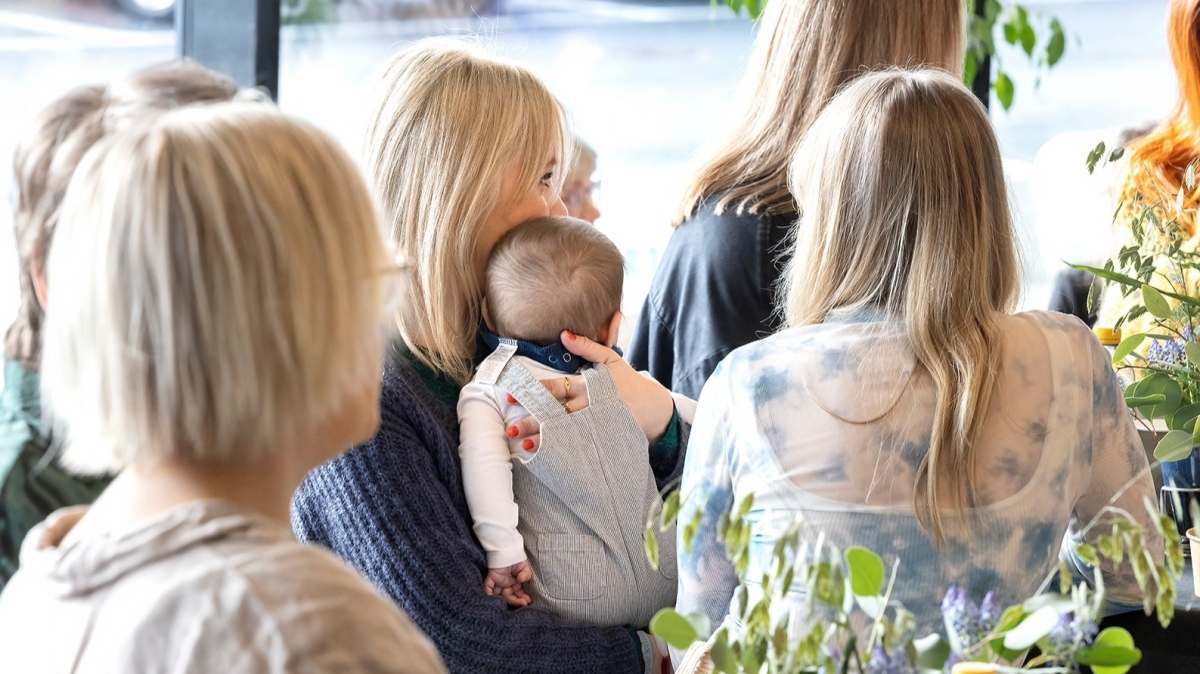Births
24. Apr 2024
Fewer than two children

Since the start of this century, the Faroese fertility rate has averaged at about 2.5 children for women of childbearing age. This figure has, however, gone down significantly in recent years, dropping from 2.64 in 2016 to 2.43 in 2019, 2.32 in 2021 all the way down to 2.07 in 2022. The latest dip to 1.86 highlights a significant drop over a short period.
[px-graph-1]
Fewer births despite increase in women
The fertility rate is the ratio between the number of live births and the size of the female population of childbearing age. The fertility rate trend can thus also be described by looking at the trends in the number of women and live births.
Although the number of women of childbearing age has been on a steady increase in recent years, the number of live births has not increased correspondingly. After a relatively steady annual average of 680 children from 2016 to 2021, annual births dropped to 632 in 2022 and further down to 574 last year. This is the lowest number of live births on record. Similarly low numbers have, however, been registered in the past, for instance in 2011, which saw 581 live births.
[px-graph-2]
Women without long-term residency do not affect fertility rate
The female population is growing, and part of this growth comes from women who come from abroad to work in the Faroes. As this may affect the ratio of women and live births, the total fertility rate is compared with the fertility rate of women with long-term residency.
The fertility rates for the total female population and for women with long-term residency are almost identical. In other words, women without long-term residency do not have a significant effect on the total fertility rate.
Still highest rate in Europe
Despite falling fertility rates in the past years, the Faroes still have the highest rate in Europe, according to the latest Eurostat figures from 2022. Many European countries have seen falling fertility rates in recent years. Denmark had a rate of 1.55 in 2022, compared to 1.67 in 2013. Like the Faroese rate, Iceland’s rate is also at an all-time low, reaching 1.59 in 2022, down from 1.93 in 2013.
The total fertility rate represents the average number of live births per woman of childbearing age (15-49). This rate is calculated as the number of children that would be born to 1,000 women over the women’s lifetimes if:
- the women had the exact current age-specific fertility rates throughout their reproductive lives, and
- none of the women died before the age of 50.
A total fertility rate of at least 2.1 children per woman is required for a population to increase, assuming no immigration or emigration occurs. This is why the 2.1 rate is known as ‘the replacement rate’.
Baby girls tend to be slightly outnumbered by baby boys, and some women of childbearing age do not live all the years to the age of 15-49.
This means that a fertility rate below 2.1 leads to a decrease in the population of women of childbearing age and thus also a decrease in the number of children born, resulting in a general population decline. The only solution to this problem is increasing the number of women of childbearing age through immigration.